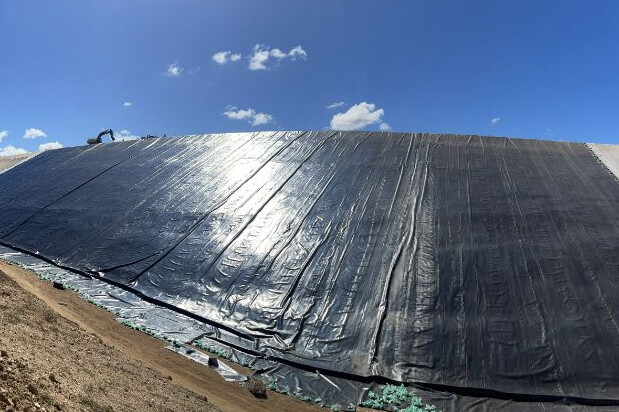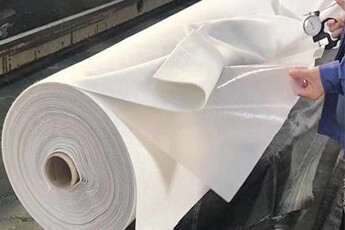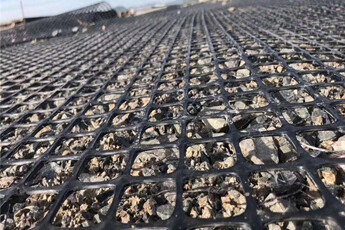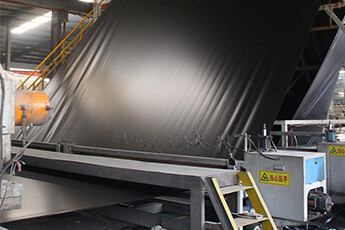
Geotextile membrane is a critical component in pond protection systems due to its numerous advantages. This high-quality material serves as a barrier to prevent seepage and protect the integrity of the pond, ensuring its longevity and functionality.
One of the key advantages of geotextile membrane is its excellent impermeability. This impermeability prevents water from penetrating through the membrane, thereby reducing the risk of leakage and seepage. By effectively containing water within the pond, the geotextile membrane helps maintain the water level and prevent erosion of the pond's banks and surrounding areas.
In addition to its impermeability, geotextile membrane also offers superior durability. Made from high-quality materials such as polyethylene or polypropylene, the membrane is able to withstand harsh environmental conditions, including UV exposure, temperature fluctuations, and chemical exposure. This durability ensures that the membrane remains intact and effective in protecting the pond over the long term.
Another advantage of geotextile membrane is its ease of installation. The membrane can be quickly and easily laid out over the pond bed, providing a seamless and secure barrier against seepage. This simplicity of installation not only saves time and labor costs but also ensures that the pond protection system is implemented efficiently and effectively.
Furthermore, geotextile membrane is highly flexible and adaptable to different pond shapes and sizes. It can be easily cut and shaped to fit the contours of the pond, ensuring a snug and secure fit that maximizes its protective capabilities. This versatility makes geotextile membrane an ideal choice for a wide range of pond protection applications.
Overall, the use of geotextile membrane in pond protection systems offers a host of advantages, including impermeability, durability, ease of installation, and adaptability. By incorporating this high-quality material into pond construction projects, pond owners can ensure the long-term integrity and functionality of their ponds, while also protecting the surrounding environment from potential seepage and contamination.
GET IN TOUCH
Contact With us




